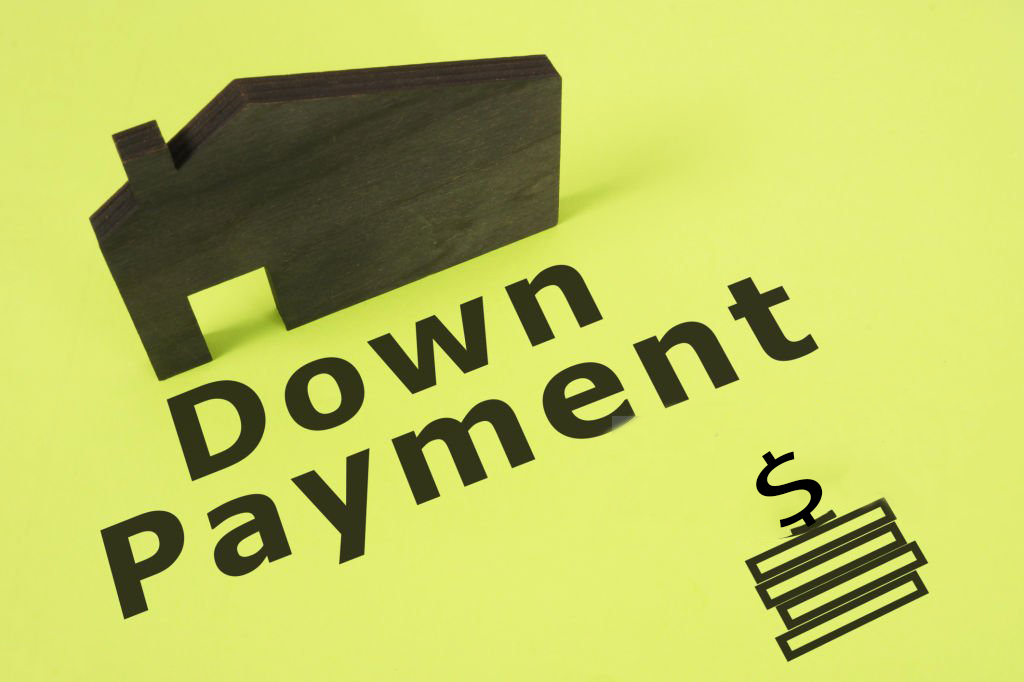Homebuying used to mean stashing away a large down payment—but with today’s lending, that’s so yesterday. If you’re a strong buyer who’d prefer not to have government-guaranteed loan restrictions in your life, a low down payment conventional loan could be the answer.
Traditional loans are not backed by the government, but they’re one of the most sought-after and flexible forms of financing out there. And with programs like Fannie Mae’s HomeReady® and Freddie Mac’s Home Possible®, it’s now possible to qualify for a traditional mortgage with a mere 3% down payment—without sacrificing competitive interest rates.
What Is a Conventional Loan?
A traditional loan is a mortgage that is not insured or guaranteed by any government agency like FHA, VA, or USDA. Such loans are typically offered by private lenders (banks, credit unions, or mortgage companies) and must comply with guidelines set by Fannie Mae and Freddie Mac.
Historically, traditional loans required a 20% down payment to avoid private mortgage insurance (PMI). Yet now, qualified borrowers can get traditional loans as little as 3% to 5% down, especially if they have income and credit limitations.
Low Down Payment Conventional Loan Options
These are the most common low-down-payment traditional loan programs:
1.Fannie Mae HomeReady
Minimum down payment: 3%
Who is eligible: Low- to moderate-income consumers
Credit score requirement: Typically 620+
PMI required: Yes, but may be waived
Special features: Allows income from roommates or boarders
2.Freddie Mac Home Possible
Minimum down payment: 3%
Who qualifies: First-time homebuyers or low-income buyers
Credit score needed: Typically 660+
PMI required: Yes, with option to cancel
Special features: Accepts “sweat equity” as down payment or closing cost
3.Standard 97 Loan
Minimum down payment: 3%
Who qualifies: First-time homebuyers
Loan type: Fixed-rate only
PMI: Required until 20% equity is reached
These products are backed by industry-standard underwriting but geared toward consumers who may not have the traditional 20% down payment.
Low-down-payment conventional and FHA loans are frequently matched by first-time homebuyers. Here’s where they stack up:
Conventional Loan vs. FHA Loan
Many first-time buyers compare low-down-payment conventional loans with FHA loans. Here’s how they differ:
| Feature | Conventional Loan (3%-5%) | FHA Loan (3.5%) |
| Down payment | As low as 3% | 3.5% |
| PMI/MIP | PMI (can be canceled) | MIP (often lifetime) |
| Credit flexibility | Moderate (620–660+) | More flexible (580+) |
| Property standards | More lenient | Stricter appraisal |
| Ideal for | Buyers with good credit | Buyers with lower scores or higher debt |
If your credit is above 660 and you meet income limits, a conventional low down payment loan may save you more in the long run—especially since PMI can be removed once you reach 20% equity.
If your credit is above 660 and you are income-qualifying, a low down payment conventional loan will most assuredly save you money in the long run—especially since PMI can be eliminated when you are 20% equity.
Low Down Payment Conventional Loan Advantages
Affordable Entry into Home Ownership – Buy a home with little upfront cash
PMI Can Be Removed – Unlike FHA loans, PMI on conventional loans can be canceled
Flexible Property Types – Eligible for condos, single-family homes, and more
No Upfront Mortgage Insurance Fee – FHA loans charge a 1.75% upfront MIP; conventional does not
Build Equity While Renting Costs Rise – Get out of the rental cycle and start building wealth
What You’ll Need to Qualify
To be eligible for a conventional loan with low or no down payment, lenders will look at the following:
Credit score – Generally 620 or higher (the higher your score, the best terms)
Debt-to-income ratio (DTI) – Ideally less than 43%, though some lenders are higher
Solid income and employment record
Proof of funds for down payment and closing
Homebuyer education course (necessary for some first-time homebuyer programs)
Your mortgage broker or lender can also see if you qualify and what low down payment program is best for your budget.
Insider’s Tip: Use Gift Funds or Assistance
Most conventional low down payment plans allow you to use:
Gifted funds from family
Grants from nonprofit or local housing programs
Down payment assistance from state agencies
In Virginia, for example, Virginia Housing offers down payment grants and second mortgages that can be paired with conventional mortgages.
A Mortgage Broker Can Simplify Things
Attempting to sort through these programs yourself—especially between conventional vs. FHA loans, sources of down payments, and lender conditions—can get really confusing.
An experienced mortgage broker can:
Identify lenders who will accept low down payments
Help you qualify for cancellation of PMI sooner
Walk you through the process of approval
Find programs of assistance that can reduce down payments
As a first-time homebuyer, it is logical to use the services of a professional who is familiar with low-down-payment conventional financing.
wrapping up : You Don’t Need 20% Down to Buy a Home
A low-down-payment conventional mortgage offers flexibility, cost savings, and entry into homeownership—especially for first-time buyers or individuals with excellent credit but minimal cash.
By choosing the right loan program and working with an experienced lender or mortgage broker, you can move forward with confidence toward homeownership—without tapping into your savings.



Leave a Reply